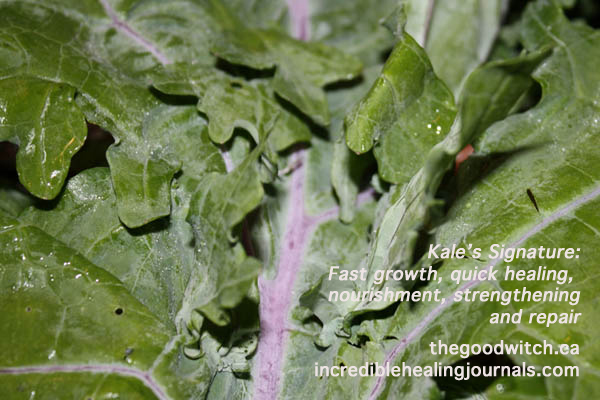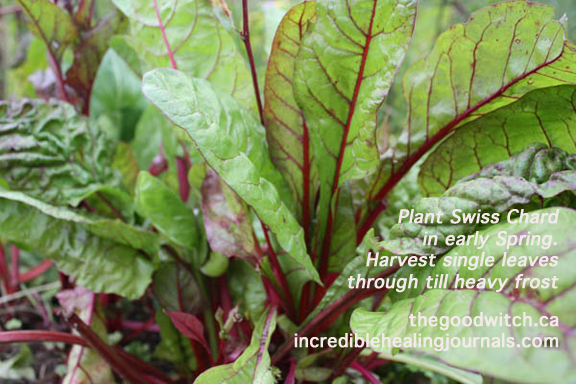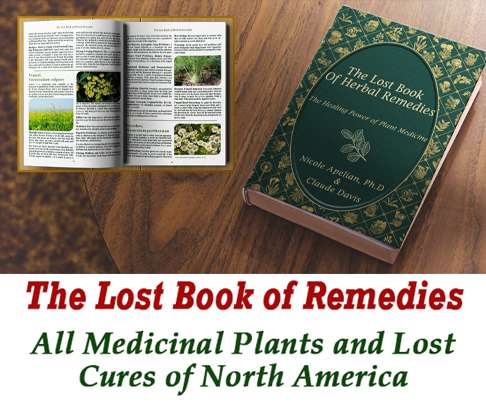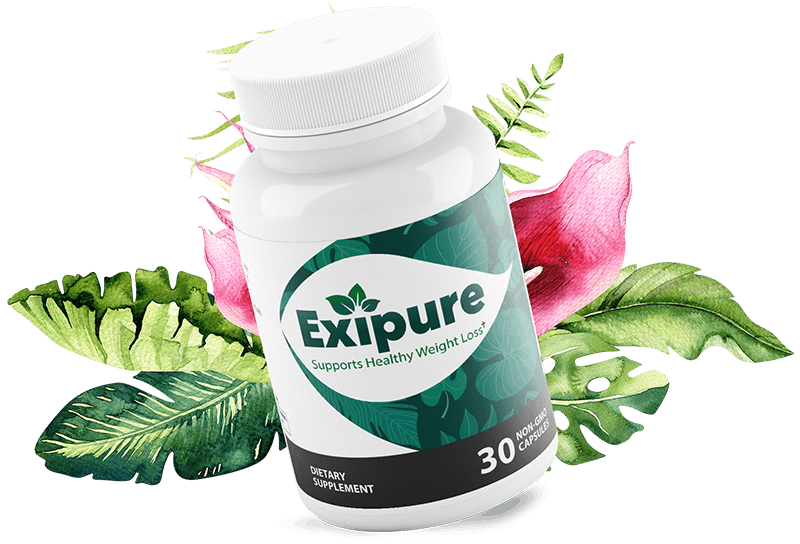If you look closely you’ll see baby leaves growing straight up out of the holes insects have made in this kale plant. We thought the kale looked like a face with two baby leaves protruding as eyes. This ability to affect repair and encourage vigorous growth is visible in the signature of kale.
All things have a ‘signature’, a way of affecting the world outside which is reflected in their appearance and way of being.
In plants we recognize the signature by appearance, fragrance, taste, colour, shape and form and by the affect plants have on us when we use them.
The signature and its properties give clues to the nature of the thing itself and it helps us determine whether the plant is helpful or harmful.
Recipes
Wilted Swiss Chard with Garlic Slivers and Sea Salt
The Doctrine of Signatures and Plant Foods
Consider the heart shape and deep red color of the Reishi mushroom. It reminds us of our human heart and is among the best foods for strengthening the heart and cardiovascular system.
Avocado is rich in nutrients that nourish our female reproductive systems as well as providing essential nutrients for developing infants. The avocado shows its signature in its womb like appearance and in the length it takes to develop from a flower to a ripe fruit, for some avocados that’s nine months and up to twelve months.
Walnuts not only look like brains, they nourish our brains.
Everywhere around us things carry the way they are, in both their inward way of being as well as how they affect the world outside themselves.
Jacob Boehme explained this amazing phenomenon in, The Signature Of All Things, published in 1912. Since then, in natural healing this concept is known as the ‘Doctrine of Signatures’.
“And now observe, as it stands in the power and predominance of the quality, so it is signed and marked externally in its outward form, signature, or figure; man in his speech, will, and behaviour … his inward form is noted in the form of his face and thus also is a beast, an herb, and the trees; everything as it is inwardly [in its innate virtue and quality] so it is outwardly signed.”
Jacob Boehme. The Signature of All Things. 1912.
In the case of kale, it’s signature is fast growth, quick healing, nourishment, strengthening and repair. The kale plant possesses all the nutrients required for repair of itself and the animals, people and insects who consume it.
Kale is the ultimate green leafy land plant in growth, versatility and nutrition, quickly incorporating the nutrients and minerals from inorganic soil matter into its large nutrient rich leaves. When grown in organically strengthened soil, kale can be an incredibly cleansing and healing plant. As all other plants do, kale takes on the composition of the soil it is grown in, which is why it is so important to find a good source of organic kale or grow your own.
“Thus it is likewise with the herbs of the earth; if an herb be transplanted out of a bad soil into a good, then it soon gets a stronger body, and a more pleasant smell and power, and shows the inward essence externally; and there is nothing that is created or born in nature, but it also manifests its internal form externally, for the internal continually labours or works itself forth to manifestation … how it has manifested itself in so many forms and shapes, which we see and know in the stars and elements, likewise in the living creatures, and also in the trees and herbs.”
Jacob Boehme. The Signature of All Things. 1912.
Read The Signature Of All Things by Jacob Boehme online free here: http://www.sacred-texts.com/eso/sat/
Kale’s Monumental Nutrition Score
Kale is low in saturated fat, has no cholesterol or sugar.
Kale is very high in calcium, manganese and potassium and Vitamins A, B6 and C.
Kale is high in dietary fiber, iron, magnesium, phosphorus, riboflavin and thiamin.
Dehydrated Kale
Kale is one of the easiest vegetables to dehydrate and stores remarkably well over winter in glass jars. You’ll save a lot of money on fresh greens during winter if you substitute with kale you purchased and dried at harvest time. During winter fresh organic greens are expensive and can be hard to find.
Simply wash and dry your fresh kale. Tear into large pieces and lay out on dehydrator trays, dry until crispy. Cool completely and store in glass jars in a dark, cool cupboard.
What to do with dehydrated Kale and Swiss Chard
Dried greens are extremely versatile and can be added to many different recipes. Add a handful of dried Kale, Swiss Chard or other dehydrated greens to:
- Smoothies
- Mashed potatoes, carrots and onions
- Mashed cauliflower
- Scrambled eggs
- Quiche
- Soups
- Stews
Quick Tip
Swiss Chard dries and stores just as well as Kale.
How To Grow Swiss Chard
It’s so simple to grow greens in your own garden. Swiss Chard and Kale are hardy plants and can be planted in early spring. You’ll have fresh greens right through until early winter. Just throw a few seeds amongst your flowers or in your veggie garden. Harvest single leaves off your plants all season long rather than cutting an entire plant. You can do this with all greens including lettuce. If you let one or two plants go to seed, providing they are heritage or open pollinated organic seeds, you’ll have thousands of your own seeds for next year. In autumn when the seeds are completely dry and brown, run your hand from the stem to the tip, collecting the seeds in your hand as you go. Store your seeds in a glass jar or paper envelope in a dry, cool place for the winter. If you label them, you’ll know what they are in spring, if you don’t, you might not. Greens can also be grown in pots on a deck or balcony. Mix compost with planting soil in a large pot and plant seeds directly. Water well and keep in a sunny spot.








